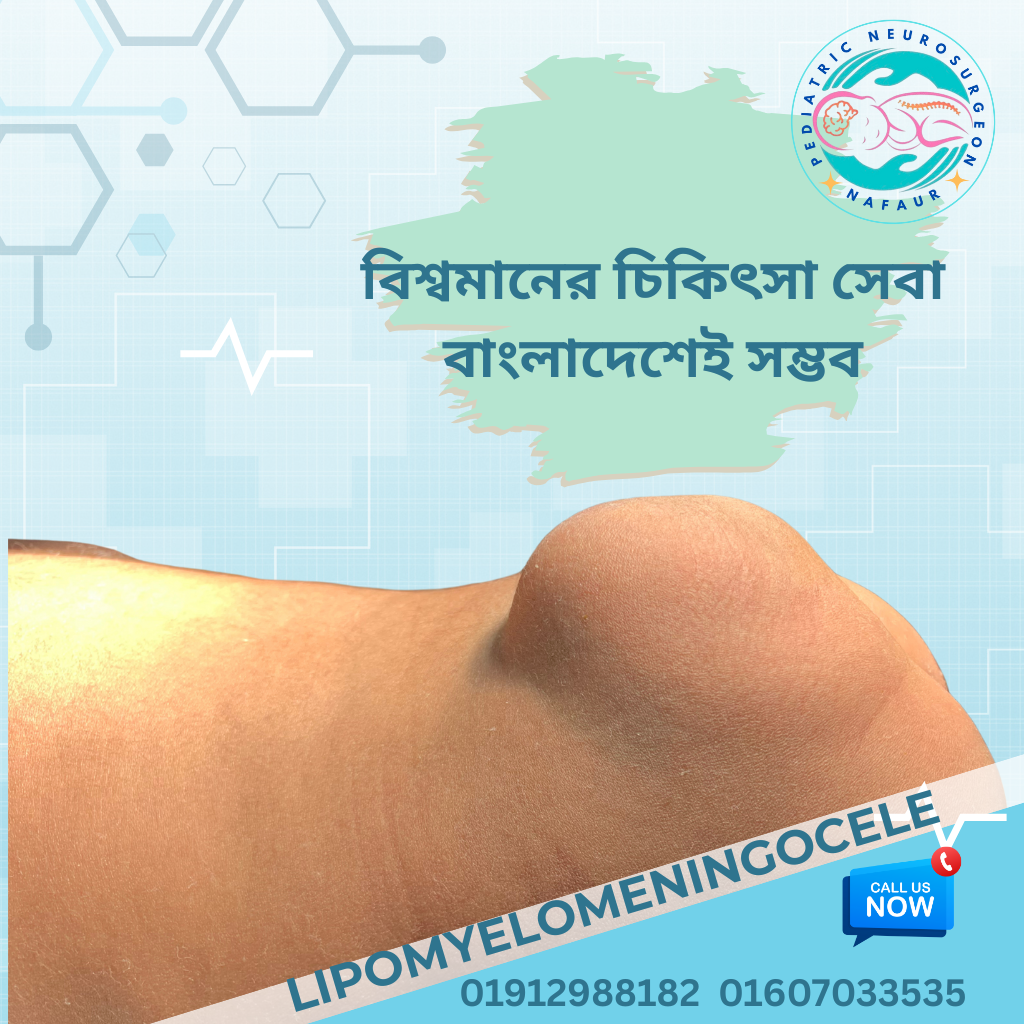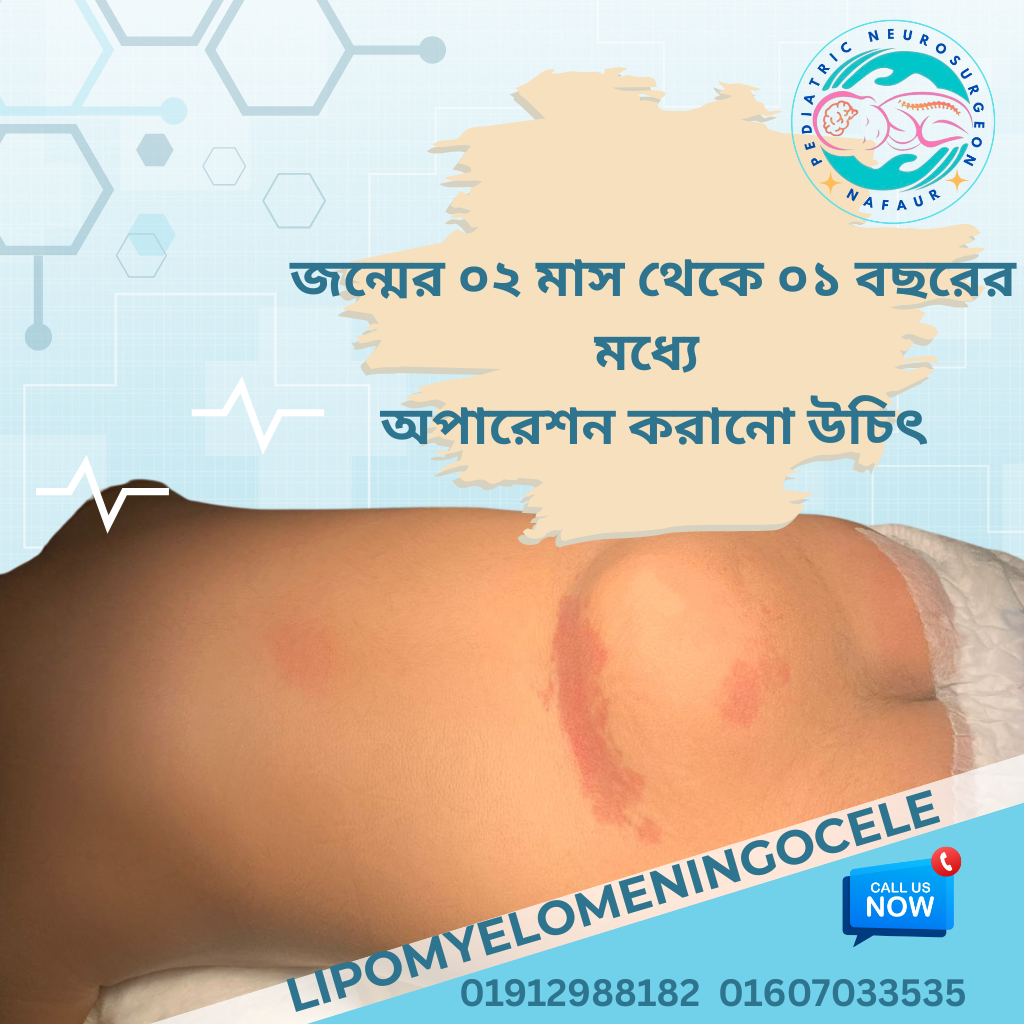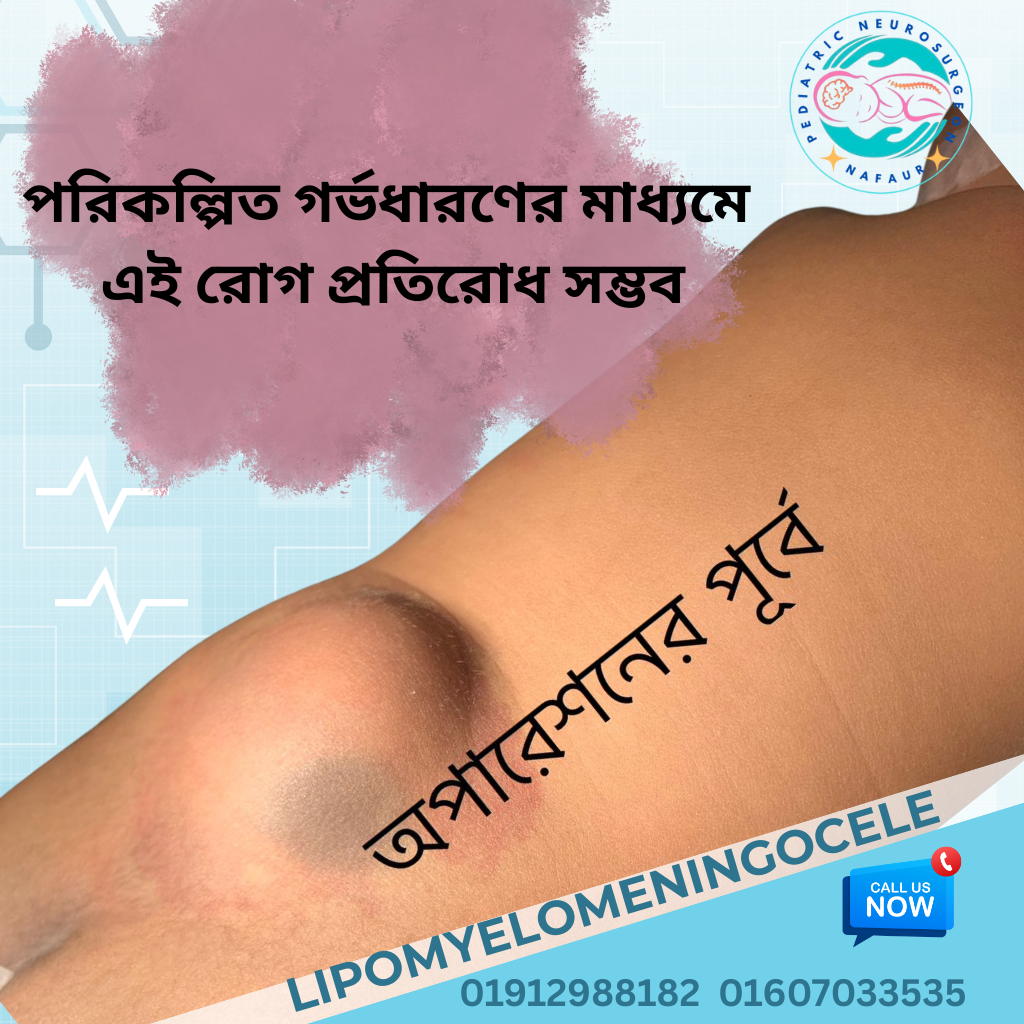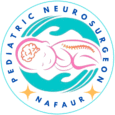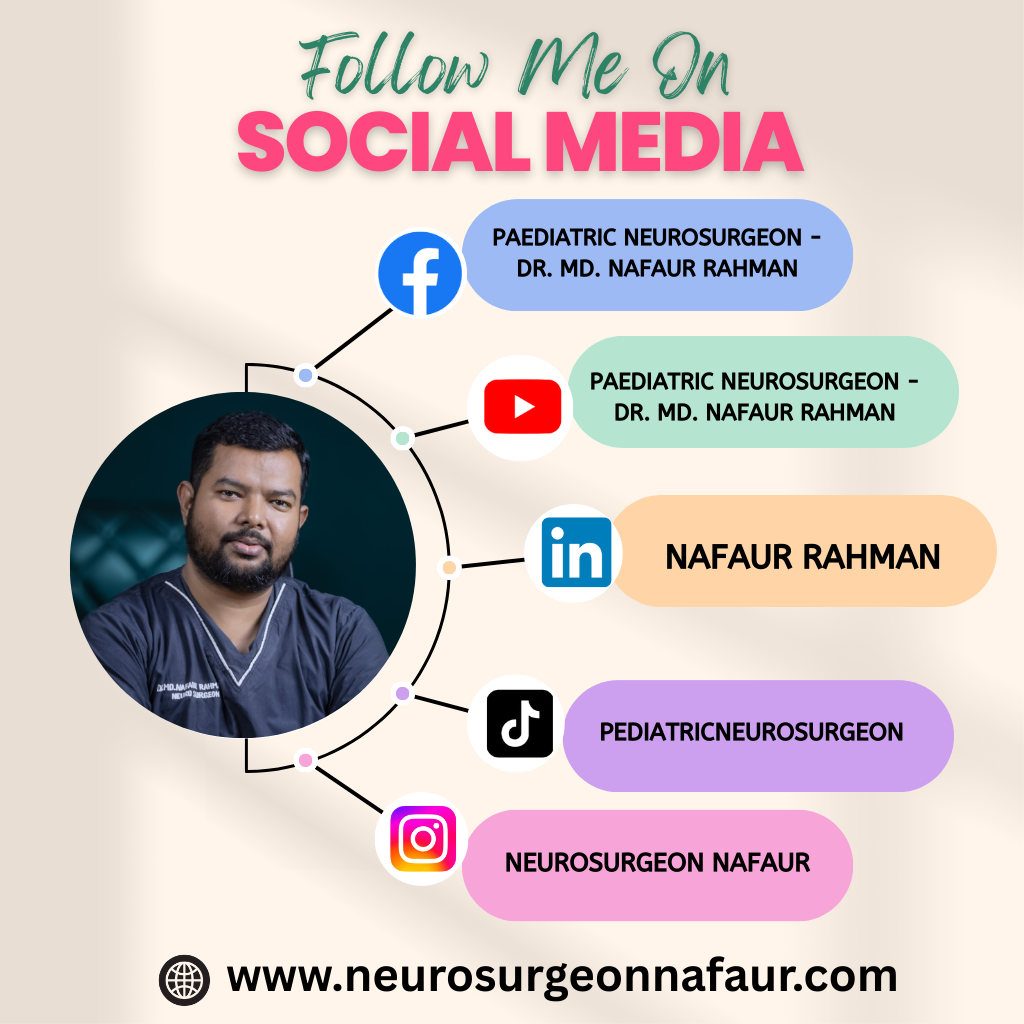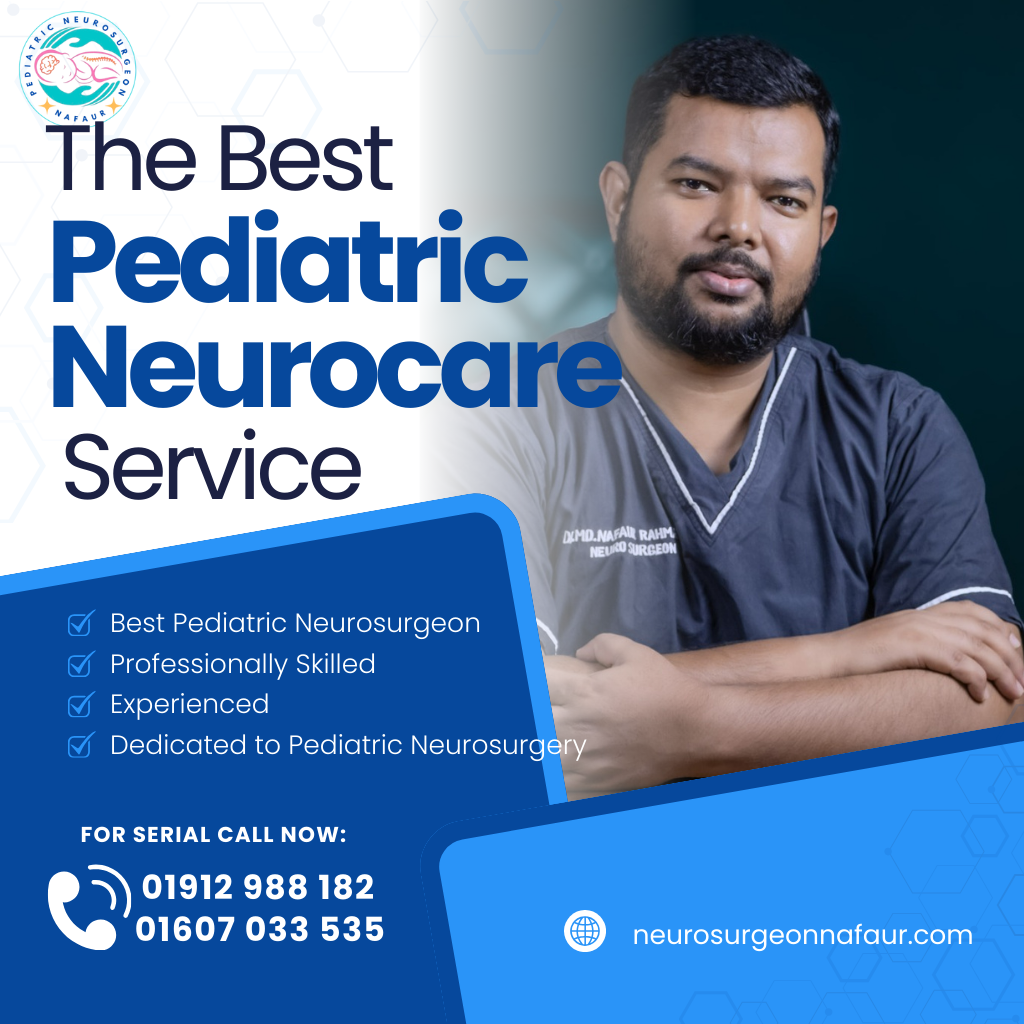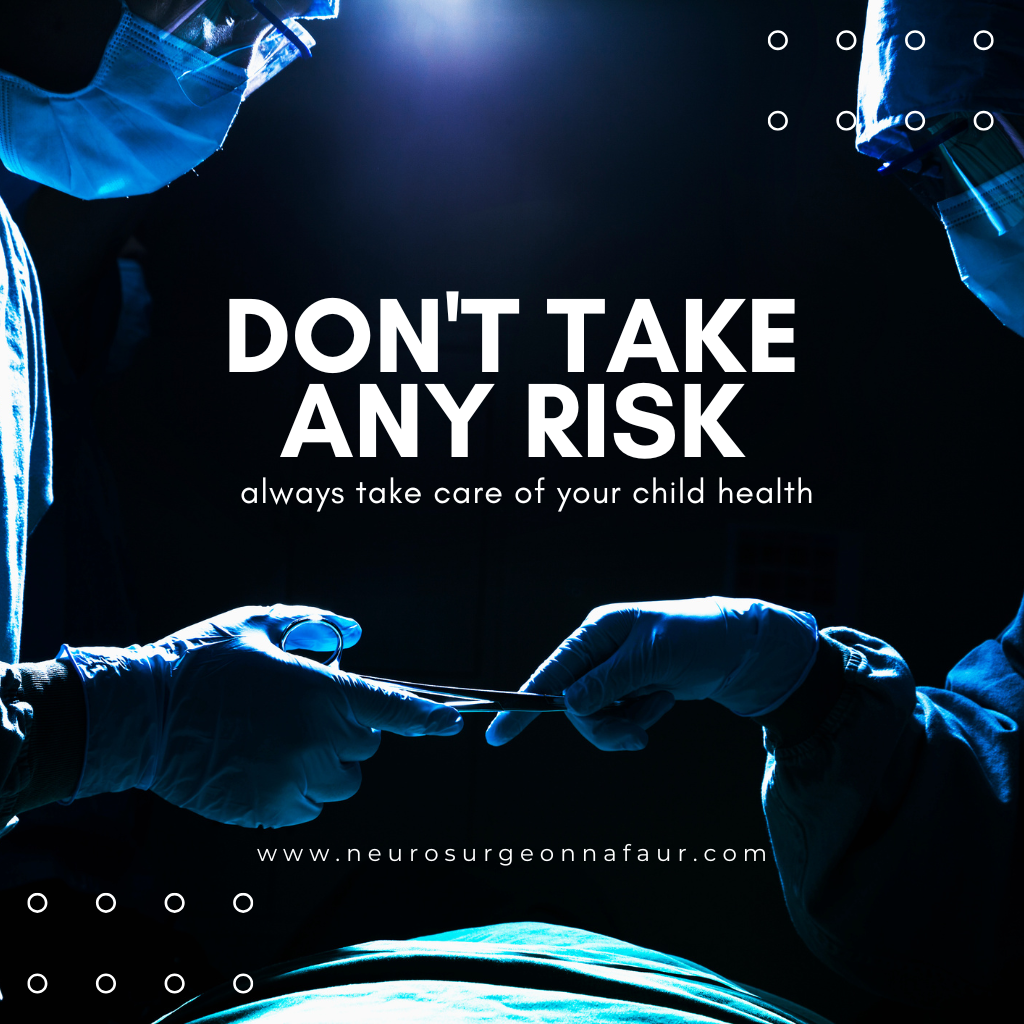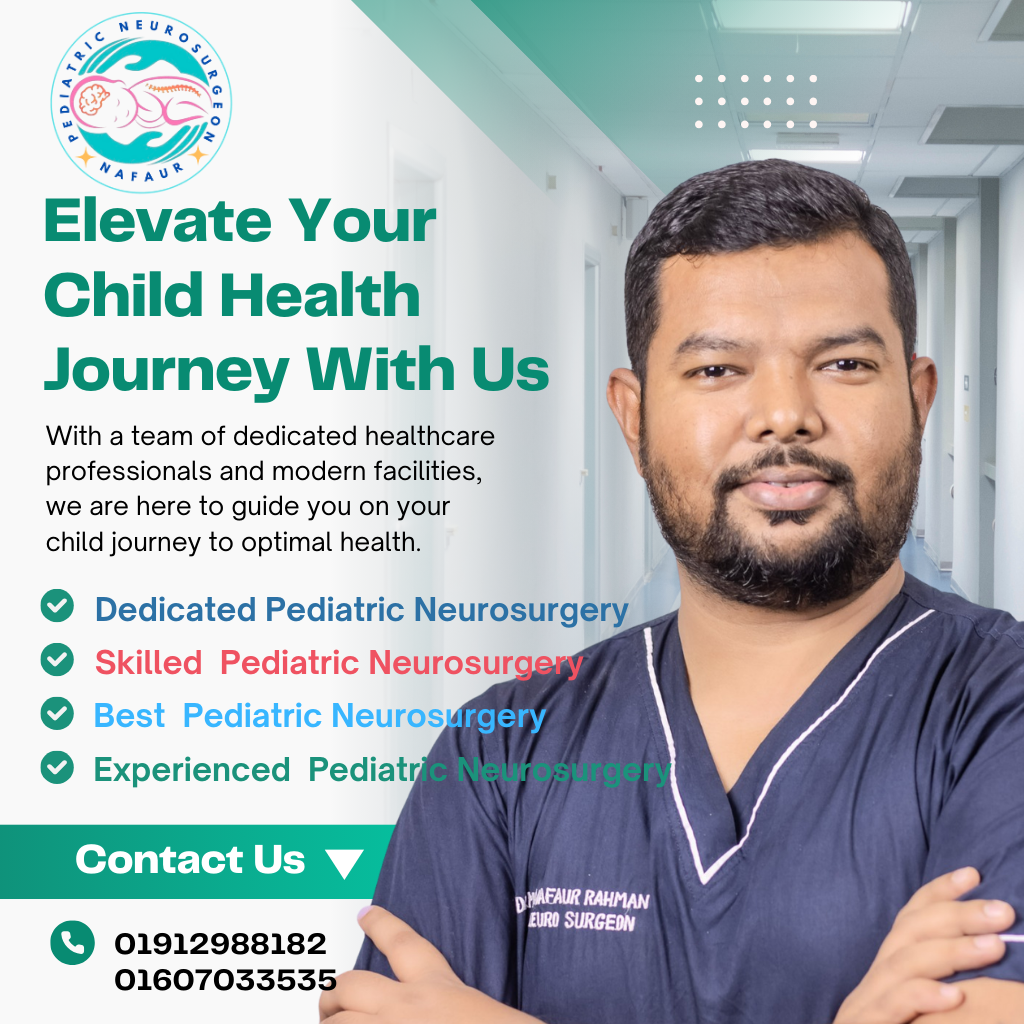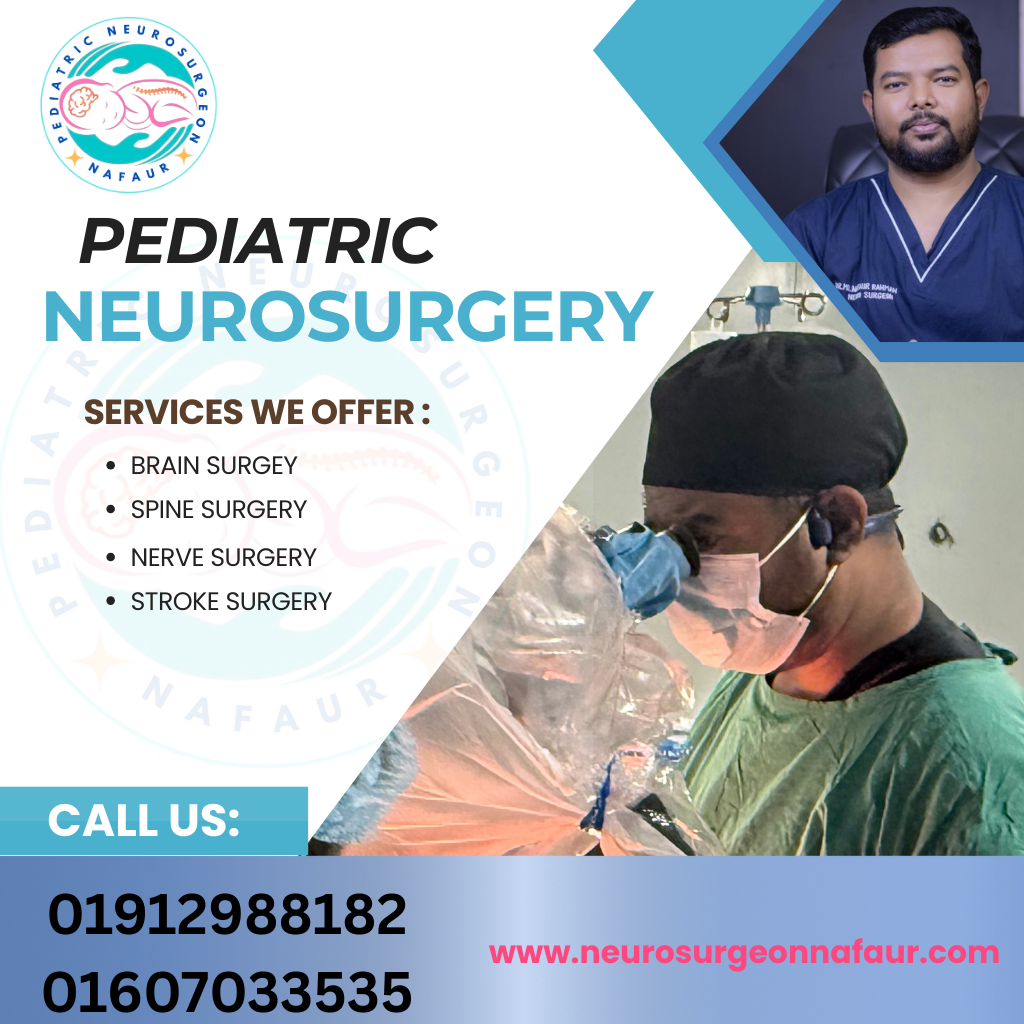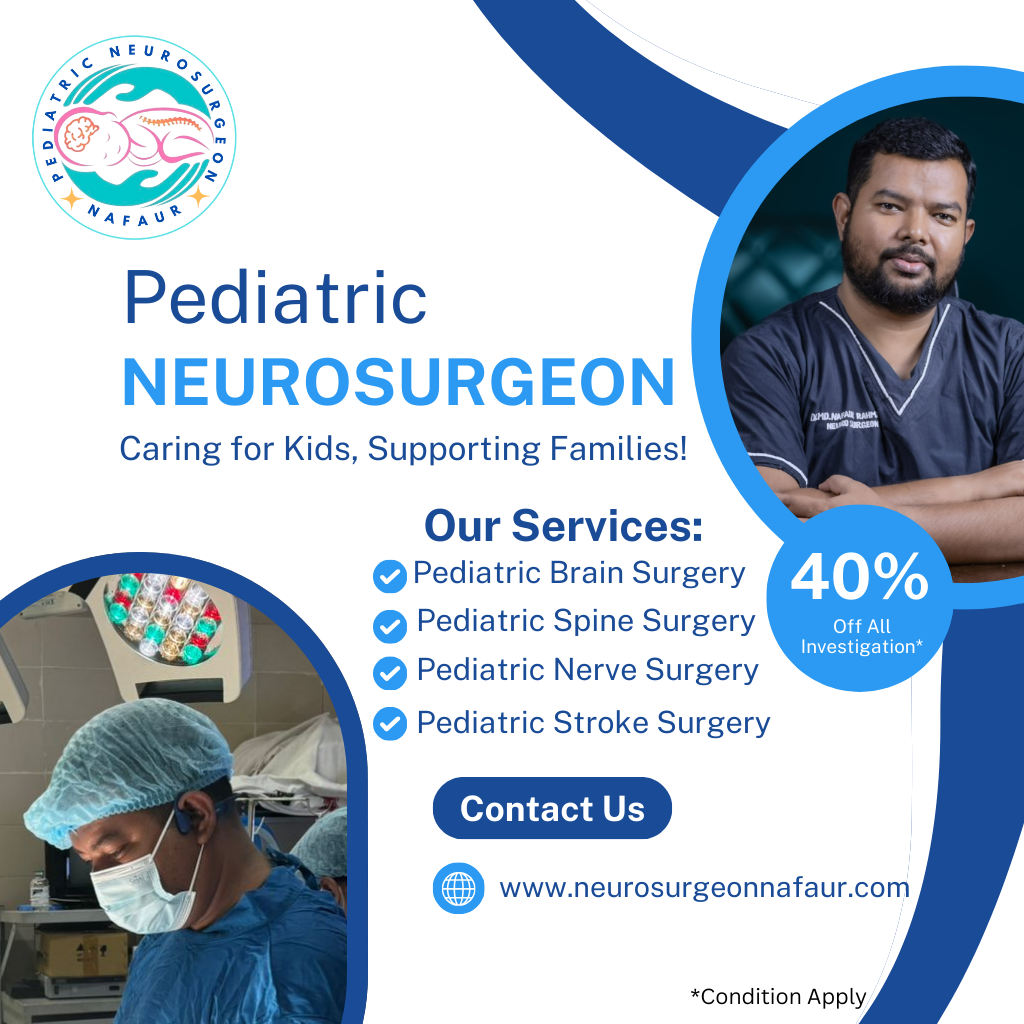Lipomyelomeningocele
Lipomyelomeningocele
Lipomyelomeningocele is a form of closed spinal dysraphism, a congenital condition where fatty tissue (lipoma) is attached to the spinal cord, usually in the lumbar or sacral region. This condition leads to tethered cord syndrome, where the spinal cord is abnormally stretched, causing neurological dysfunction over time.
Unlike open neural tube defects, lipomyelomeningocele is covered by skin, which often delays diagnosis in infants. In Bangladesh, limited awareness and access to pediatric neuroimaging contribute to late presentation of this potentially disabling condition.
🔍 Key Characteristics
Presence of a soft, fatty lump on the lower back
Skin changes: dimpling, discoloration, or hair patch
Associated with tethered spinal cord syndrome
May be linked with orthopedic deformities or bladder/bowel issues
In many rural and semi-urban areas of Bangladesh, these signs are overlooked, and children are brought for medical attention only when neurological symptoms progress.
⚠️ Symptoms of Lipomyelomeningocele
Although present from birth, symptoms often progress gradually due to spinal cord tethering, and include:
Weakness in lower limbs
Foot deformities (clubfoot, high-arched feet)
Walking difficulties or clumsiness
Back pain, especially during growth spurts
Loss of bladder or bowel control
Scoliosis (curvature of the spine)
Timely detection and intervention are crucial to prevent irreversible nerve damage. In Bangladesh, these symptoms are sometimes misinterpreted as orthopedic problems or childhood laziness.
🔬 Diagnosis
A combination of clinical examination and imaging studies confirms the diagnosis:
MRI of the spine – the gold standard, showing the lipoma and tethered cord
Ultrasound (in newborns) – can identify spinal anomalies early
X-ray – may reveal associated skeletal changes
Urodynamic studies – assess bladder function in children with incontinence
Dr. Nafaur Rahman utilizes advanced neuroimaging facilities at NINS and partners with pediatric radiologists to confirm complex cases of spinal dysraphism.
🛠️ Surgical Treatment of Lipomyelomeningocele
The primary goal of surgery is to untether the spinal cord and remove the lipomatous tissue to prevent further neurological deterioration.
🔧 Surgical Objectives:
Microsurgical excision of the lipoma
Detethering of the spinal cord
Preservation of neural elements
Dural repair to prevent cerebrospinal fluid (CSF) leak
Monitoring with intraoperative neuromonitoring (IONM) for safety
“Microsurgical detethering of lipomyelomeningocele is delicate but vital. When done early, it can preserve mobility and bladder function.” — Dr. Md. Nafaur Rahman
Dr. Nafaur performs this surgery with high precision under neuro-navigation and IONM, ensuring the best outcomes for children in Bangladesh.
🏥 Postoperative Care and Follow-Up
After surgery, the child is monitored closely to:
Ensure wound healing and absence of infection
Watch for CSF leaks or pseudomeningocele
Monitor neurological recovery
Begin physiotherapy and rehabilitation early
Schedule routine follow-up MRI to check for retethering
In Bangladesh, Dr. Nafaur’s team provides comprehensive postoperative care, both at NINS and Bangladesh Paediatric Neurocare Centre, including access to urologists, orthopedists, and physiotherapists.
🌟 Prognosis and Long-Term Outcomes
When detected and treated early, children with lipomyelomeningocele can:
Retain or regain normal or near-normal walking ability
Avoid worsening of bladder/bowel symptoms
Improve posture and spinal alignment
Attend regular school and engage in daily activities
However, delayed surgery may result in permanent neurological impairment. Early referrals and parent education remain key in the Bangladeshi context.


